In this post I explain the theory behind analog video transmission and how I implemented it using a relatively simple python script and GNU radio flow graph.
In order to understand what I do here, I recommend the SDR video series of Michael Ossmann and some videos of w2aew:
- Basics of IQ Signals and IQ modulation & demodulation - A tutorial
- IQ Signals Part II: AM and FM phasor diagrams, SSB phasing method
If there are any problems, errors or misunderstandings, please feel free to comment or DM.
 marble
marble



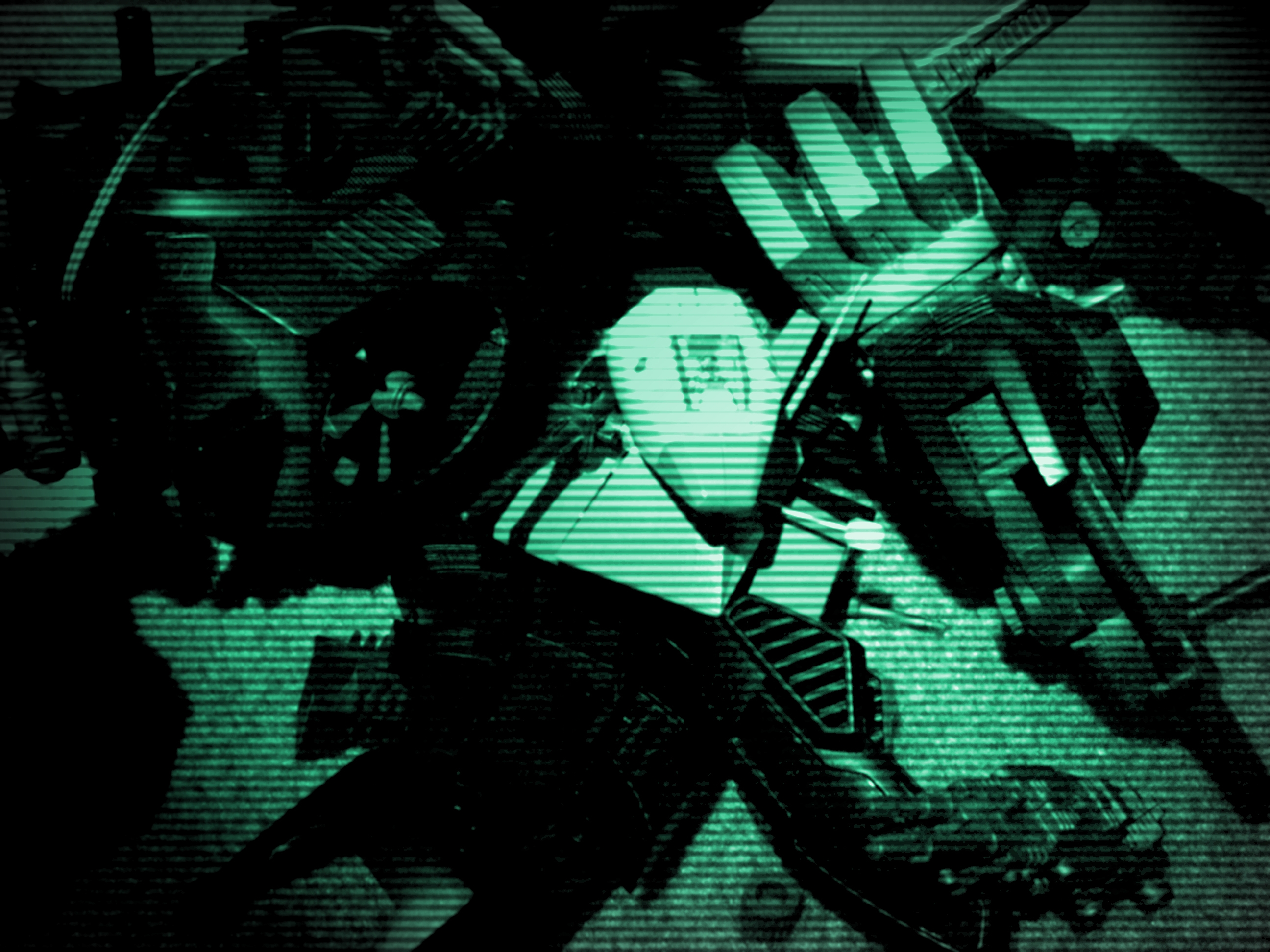
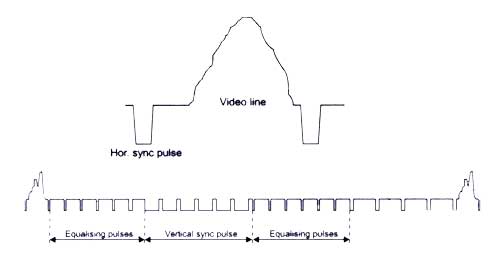
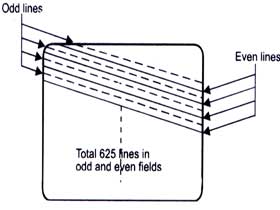
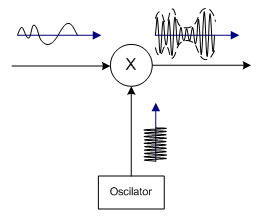




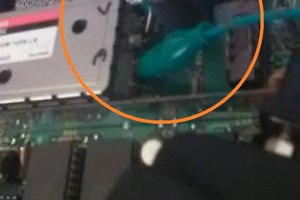
 Brian
Brian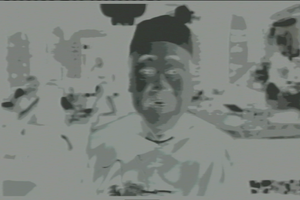
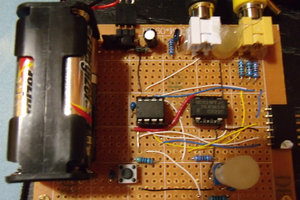
 Jacques
Jacques
 Pavel
Pavel
This is looking very impressive idea I am also working on a similar type of idea and looking to share it with you guys click on getflink.